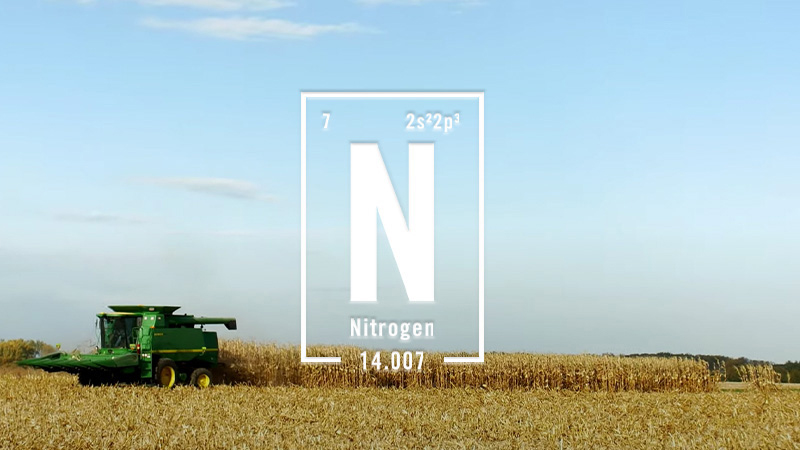Fertility Resources For Fall
I am writing this column from the World Congress of Soil Science in Brisbane, Australia. There are nearly 2,000 soil scientists here from 60 countries. While in Brisbane, I convened a congress symposium that the International Plant Nutrition Institute (IPNI) helped organize where presentations were made on the status of nutrient BMPs around the world. Several of the papers emphasized 4R nutrient stewardship, but all of the presentations dealt with the process of incorporating relevant information into nutrient use decisions.
And there lies the challenge. At this one event, there were hundreds of talks, posters and papers that contained bits of information relevant to nutrient use decisions. It’s exceedingly easy to miss the nuggets in the massive amount of information ore generated in today’s flat world. This column will highlight new resources from IPNI that we hope will be useful to you in preparing to discuss nutrient use decisions this fall. You will need to decide whether they are nuggets, or just more of the ore body.
The Key Nuggets
Nutrient Balance In Your Trade Area. Most everyone is aware of the highly negative phosphate (P) and potassium (K) nutrient balances that resulted from fertilizer use reductions in 2009. However, awareness may not be as good of the unbalanced nutrient use existing in many regions prior to 2009 and that likely continued in 2010. NuGIS is a new interactive Web tool that allows you to identify the nitrogen (N), P or K partial nutrient balances, nutrient removal-to-use ratios and historical trends in these indicators for your local watersheds. Register and give them a look at www.ipni.net/NuGIS.
Soil Test Levels And Trends In Your State Or Province. Lots of guessing has been taking place on the impact of the recent negative nutrient balances on general soil fertility levels. IPNI has been working with soil testing labs across North America over the last couple months to complete another summary of soil test results. The last summary was completed for the 2005 crop year. At the time of this writing, results are still being compiled but later this fall, summary results for the 2010 crop year will be made available at the IPNI Web site www.ipni.net.
Precision Ag Around The World. Guess what? The world in catching on that measuring and managing spatial variability and awareness of temporal variability can improve management decisions and the resulting input efficiency and system profitability. It might not hurt to make your customers aware of what is happening with site-specific nutrient management in developing and developed countries. The latest issue of IPNI’s magazine, Better Crops, is devoted completely to spatial variability with practical articles from around the world. It is also available from the IPNI Web site.
Understanding Nutrient Sources. Sometimes we assume too much when it comes to customer understanding of the fertilizer sources available to them. Clearly, the majority of the public — including those in our rural communities — do not understand the basics of the products the industry provides to restore the nutrients removed in crop harvest. A new series called Nutrient Source Specifics is available from IPNI and is designed to assist you in educating these groups about the fertilizer products you sell. View these simple, single-page fact sheets at www.ipni.net/specifics.
4R Nutrient Stewardship. If you are planning grower meetings this fall before the field season begins, a new video on 4R nutrient stewardship might be a great way to get things started. It covers the basics in less than 12 minutes and offers several jumping off points to bring in local information or any of the concepts discussed above. Again, the video can be watched on the IPNI Web site or ordered as a DVD.






